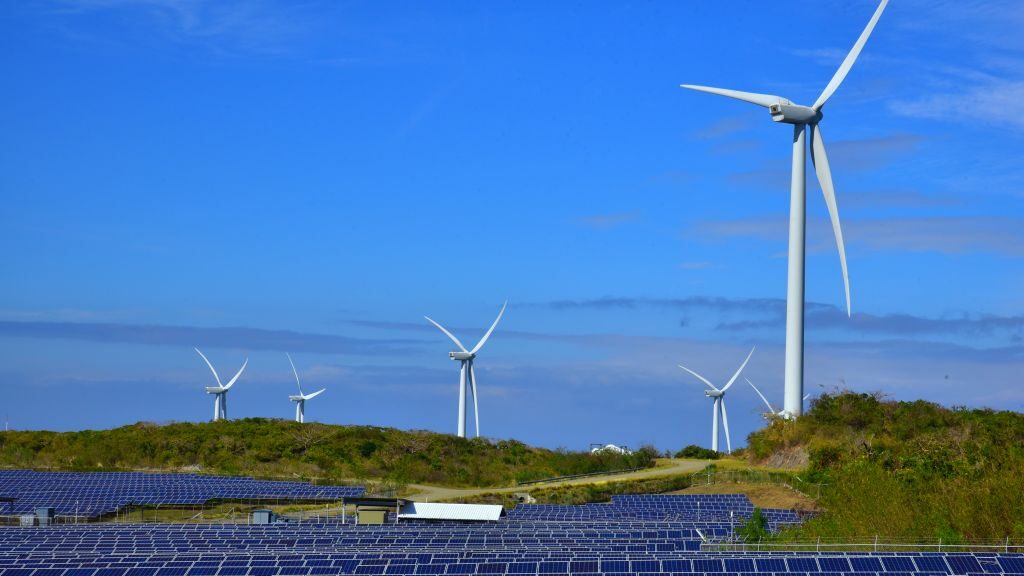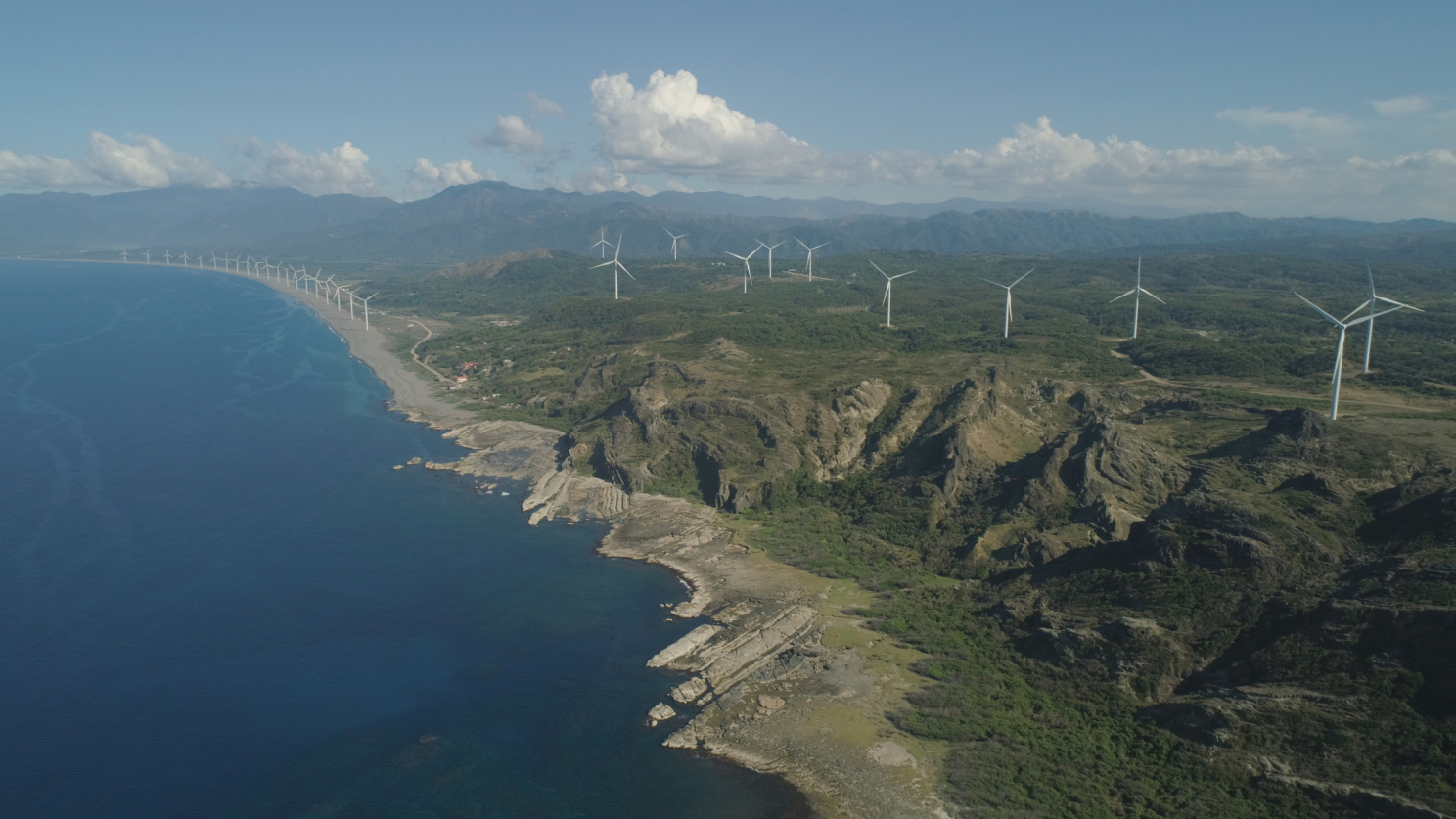Are we a decade away from a 100% renewable Asia?
October 29, 2021

Nian Sayoc, Associate

Technological advances and lower capital costs have made renewable energy a mainstream energy market in Southeast Asia. The boom in green investment in Asia is unmistakable, and the continent has set its sights on dominating the global renewable energy stage in terms of new capacity additions, technology development, and energy demand.
Solar technologies are the key driver of renewable energy growth in the region; installed solar capacity has increased by 66% over the last decade, driven by significant large-scale solar projects in recent years. REN21’s Renewable 2020 Global Status Report says that one of the main reasons for the reduction in solar costs has been the increase in production in recent years, with Vietnam (34%), Thailand (17%), the Philippines (10%), Malaysia (10%) and Indonesia (13%) accounting for 84% of the total installed renewable energy capacity in Southeast Asian countries. Let’s take a look at how each country is contributing to the energy transition.
Vietnam: Vietnam has the highest installed solar energy capacity in Southeast Asia and has generated 16,500 MW in 2020. In addition, statistics from the International Renewable Energy Agency (IRENA) show that Vietnam has ranked in the top 10 countries globally in 2021.
Indonesia: Indonesia is expected to be the fourth-largest economy in the world by 2040. Indonesia’s electricity mix is dominated by coal, which supplied around 60% of electricity in 2019. However, current government policy aims to increase the role of renewable energy in the electricity mix and increase its share of primary energy supply from 9.15% in 2019 to 23% in 2025 and 31% in 2050. There are currently 18 solar projects planned in the region over the next five years with a total value of $2 billion.
Philippines: The National Renewable Energy Plan (NREP) 2020-2040 aims to install at least 34 GW of renewable energy by 2040. Further to this, the Philippines has rolled out various policies such as the Renewable Portfolio Standards (RPS) and the Green Energy Option Program (GEOP) setting in place policies encouraging RE development in on-grid and off-grid areas.
Malaysia: Renewable energy currently contributes 18% of Malaysia’s energy mix, with hydropower technologies at the forefront, accounting for 86% of renewable capacity. However, Malaysia has set an ambitious target to increase the share of non-hydro renewables to 20% by 2025.
Thailand: Clean energy in Thailand has increased in recent years, from about 12% in 2017 to nearly 20% in 2019, consisting of hydropower, biomass, wind and solar PV. Power generation has grown by about 2% annually in recent years too. The latest Power Development Plan aims to provide a roadmap for the power sector’s transition with three key principles: Energy Security, Economic Sustainability, and Environmental Sustainability. The target for renewable power generation (excluding imported hydropower) is 29% by 2037, with an additional energy efficiency target of 6%.
Investing in SEA’s renewable opportunities
There is no doubt that Southeast Asia offers an encouraging environment for potential investors and operators. However, there is no one-size-fits-all solution for operators or investors looking to tap into Southeast Asia’s high growth potential. From our experience as players “on the ground” advising on ESG transition and coal retirement, investors need to take a country-specific approach that reflects the local landscape, understands the market dynamics and the local potential for specific technologies.
Foreign investors seeking successful market participation should engage early in the value chain, offering higher returns. Also, building a strong local partnership with players that have successfully guided similar projects is critical to success. For example, integrated developers involved in manufacturing, development, EPC (engineering, procurement, and construction), and plant operations have successfully achieved cost leadership driving reductions in LCOE.




